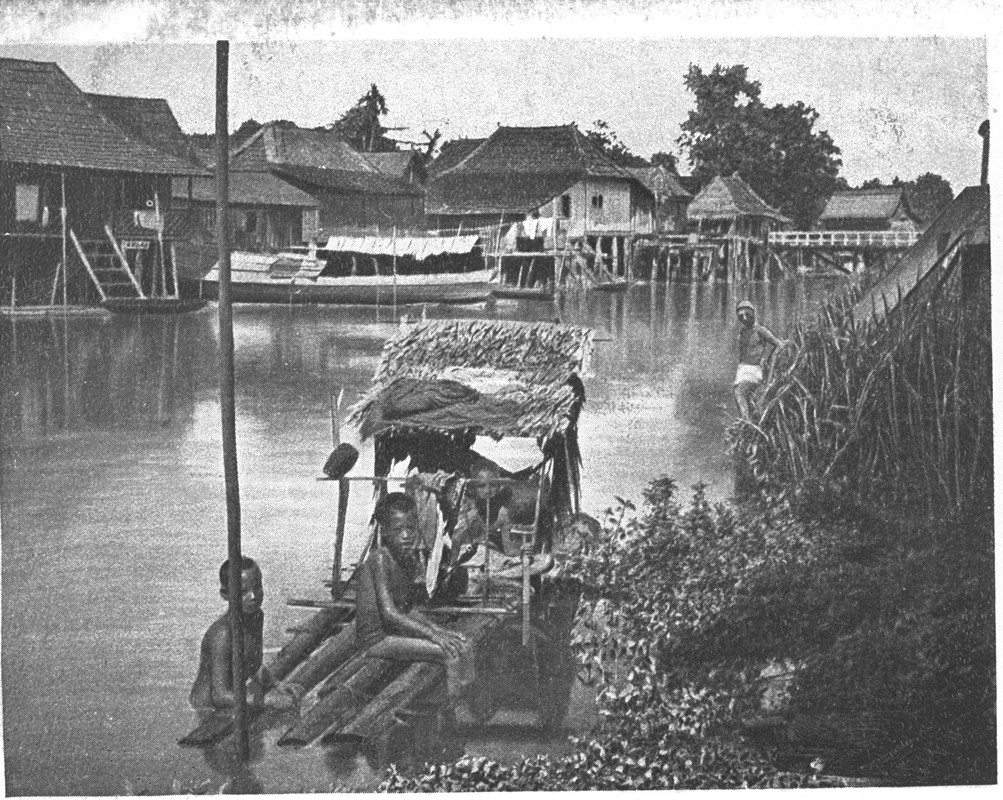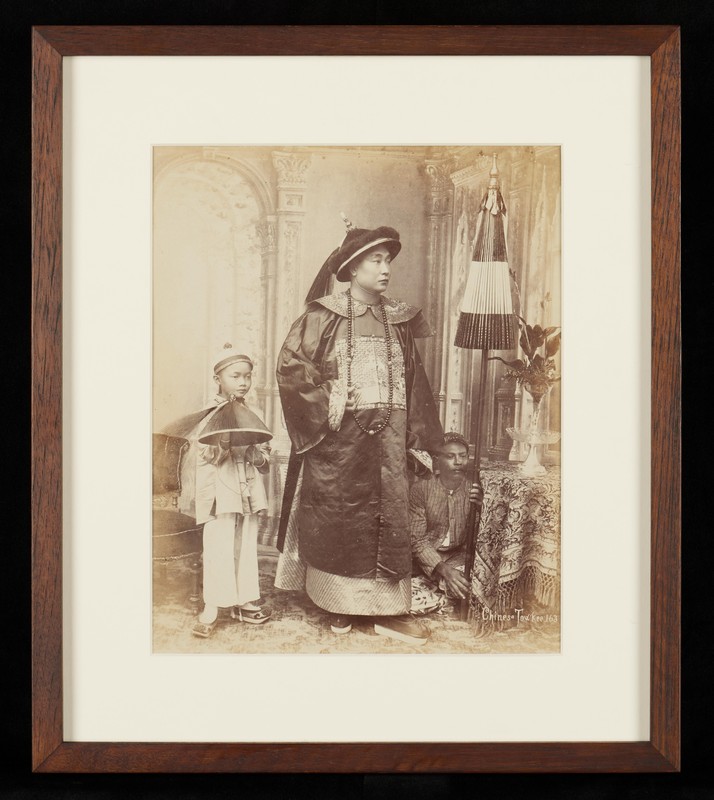Contributions to education by Teochew community in Singapore
In the late 19th century, Singapore’s Teochew community grew rapidly and made significant strides in the business sector. As business activities required a certain level of knowledge, accounting, and writing skills, the Teochew community began to realise the urgent need to provide education to the next generation. However, the educational policy of the British colonial government in Singapore at the time focused primarily on training a small number of locals to serve as clerks, and showed little interest in Chinese education.
Influenced by China’s Hundred Days’ Reform in 1898, the overseas Chinese began to raise funds to establish modern schools in their respective diaspora communities.
Tuan Mong School
The establishment of Tuan Mong School in 1906 marked the beginning of Teochew educational efforts in Singapore.
Around the time of World War II, the Teochew community had already established numerous private schools, including Seak Tiat School, Kheng Cheng School, Sing Hua Public School, Tho Mong School, Tuan Eng School, Lok Eng School, Wen Hsuan School, Soo Jin School, Poi Eng Public School (now Peiying Primary School), Pei Tow School, Hwa Nong School, Hoo Neu School, Kwang Teck School, Lee Sin School, Nam King School, Chung Kuo Kung Hsieh School, Nanyang Commercial School, Tong Keng School, Nam Ann School, Teo Yeonh School, and Ngee Ann Girls’ School (now Ngee Ann Primary School). These schools were either privately owned or sponsored by clan associations and charity halls (shantang) within the Teochew community.
The Teochew community’s charitable organisation, Ngee Ann Kongsi, played a central role in these efforts. These schools varied in size, but were well-structured in terms of administration and teaching. Needy students from different dialect groups were treated equally and given financial assistance for their tuition.

Ngee Ann Girls’ School and Ngee Ann College
The establishment of Ngee Ann Girls’ School in 1940, and Ngee Ann College in 1963, were significant milestones.
Ngee Ann Girls’ School was the only girls’ school sponsored by the Teochew community in Malaya at the time. It reflected the progressive mindset of Teochew leaders, who rejected outdated gender biases, demonstrating a commitment to gender equality and forward-thinking ideals in nurturing the next generation.
Ngee Ann College was the only higher education institution established by the overseas Teochew community. It aimed to cultivate professionals in technology and business to meet the needs of social and economic development. It has since evolved into a well-known institution of higher learning for science and engineering, and is now known as Ngee Ann Polytechnic.

The educational efforts of the Teochew community in Singapore were closely intertwined with the political and social developments locally and in China, and underwent several transformations. After the 1911 Xinhai Revolution, schools that originally taught in Teochew, and consisted mainly of Teochew students and teachers, were influenced by Chinese nationalism. They transitioned into using Mandarin as the language of instruction, and also made changes to the school system, curriculum, and teaching materials.
Transforming into government schools
Spurred on by the changing socio-political landscape in Singapore after World War II, Teochew schools started to integrate into the local education system. They placed an emphasis on bilingual education and fostering a sense of loyalty and identification with the local community. These schools evolved into government-aided Chinese-medium schools under the administrative authority of the Ministry of Education.
After Singapore gained independence in 1965, many residents were relocated to new housing estates as a result of urban redevelopment, causing several Teochew schools to be short of students and close down. From the 1970s, mother tongue languages started to be taught as a second language. Teochew schools in Singapore were incorporated into the national education system and eventually transformed into government schools.
Many of the schools established by the Teochew community no longer exist, even though some government schools still carry their names. The Ngee Ann Kongsi continues to provide regular financial support to Ngee Ann Primary School, Ngee Ann Secondary School, and Ngee Ann Polytechnic. Starting in 1998, the Teochew community established specialised institutions to collaborate with foreign universities to offer degree programmes. Some Teochew community organisations also organise continuing education courses. Despite challenges brought about by societal changes, the Teochew community has adapted and found new ways to contribute to the nation’s education infrastructure.
This is an edited and translated version of 新加坡潮州社群的教育事业. Click here to read original piece.
Lee, Chee Hiang and Lee, Siew Peng. “Xinjiapo chaoren shetuan ji qi jiaoyu shiye, lishi de huigu” [The Teochew clan associations in Singapore and their contributions in education: a historical perspective]. In Haiwai chaoren de yimin jingyan [The migration experience of overseas Teochews], edited by Lee Chee Hiang, 128–167.Singapore: Global Publishing, 2003. | |
Li, Guseng, ed. Xinjiapo duanmengxuexiao wushi zhou jiniankan [50th Anniversary of Tuan Mong School in Singapore]. Singapore: Tuan Mong School, 1956. | |
Phua, Chay Long. Malaiya chaoqiao tongjian [History of Malayan Teochews]. Singapore: Nantao Publishing House, 195 | |
Tan, Sumiko. Ngee Ann Kongsi: Into the Next Millennium. Singapore: Ngee Ann Kongsi, 2005. |










